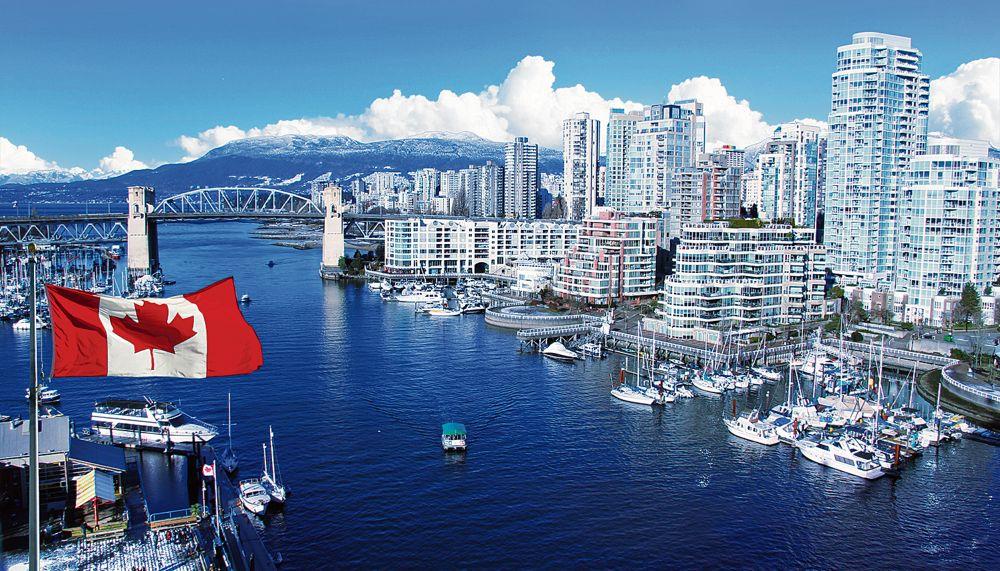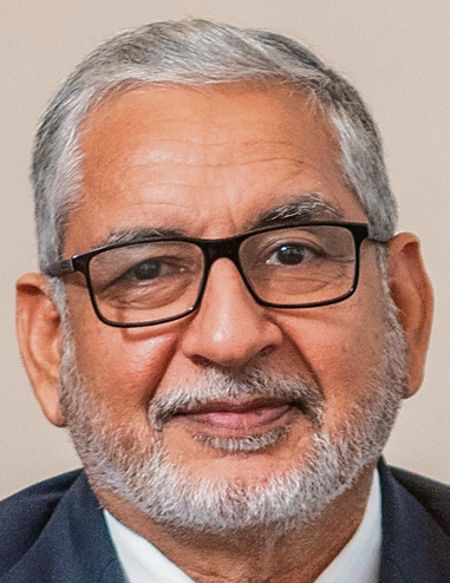
No paradise: Systemic barriers, policy pitfalls and high cost of living frustrate immigrants. istock
Amarjit Bhullar
EX-professor, University of Northern British Columbia
Over the past five decades, it has been assumed that those migrating to Canada generally have a positive experience. Canada has been a preferred destination for those looking for greener pastures. But now the situation is grim. Immigrants either move onward to other countries or return to their homeland. A recent study by the Conference Board of Canada for the Institute for Canadian Citizenship (ICC), titled ‘The Leaky Bucket: A Study of Immigrant Retention Trends in Canada’, shows that onward migration has been on the rise since the 1980s. It jumped in 2017 and 2019, reaching levels 31 per cent higher than the historical average. The post-Covid numbers must be higher because the economic condition of Canadians has generally declined.
High onward immigration and reverse migration can have a negative impact on the demographic balance of Canada. Statistics Canada noted that in 2010, 14.1 per cent of Canada’s population was 65 years or older. It was 19 per cent in 2022. This trend is likely to continue if the immigration flow is restricted. The number of working-age (15-64 years) Canadians for each senior (above 65 years) was 7.8 in 1966; it decreased to 3.4 in 2022 and is likely to reach less than three in 2050. It affects government revenue and expenditure as the number of taxpayers decreases and that of pension dependents or those who need income support increases. The increasing proportion of the elderly is also stressing the already strained healthcare system of the country.
The changing ratio of working-age Canadians-to-seniors poses a significant challenge to the government and policymakers. Policymakers relied upon, and still rely on, inviting younger immigrants through Canada’s multiple immigration pathways, including granting permanent resident (PR) status to international students after the completion of their studies and meeting post-study work experience requirements. Canada plans to invite 4,85,000 PRs in 2024 and 5,00,000 in 2025.
The new immigrant mix in Canada includes highly skilled workers, temporary foreign workers and international students. Each category faces a different set of difficulties. Highly skilled workers move to Canada with enthusiasm, but when they land there, they face a host of problems. Despite having the required skills and experience, many find it difficult to secure a job in their area of expertise; they have to accept low-paying jobs to sustain their families. In most cases, Canadian employers do not recognise the qualifications and experience of the newcomers that they have gained in their home countries. Some employers prefer to hire individuals educated in North America even if they have less experience and/or qualifications than immigrants.
The licensing process is often complicated and expensive and takes a lot of time to complete. The arrival of international students increased after Canada relaxed its rules to allow them to work off-campus on a part-time basis immediately after enrolling in a school. The Canadian economy has benefited immensely from the inflow of international students. More than 8,00,000 study permit holders were in its educational institutions by 2022. In 2022, international students contributed an estimated $22 billion to Canada’s GDP and supported almost 2,00,000 jobs.
International students are usually paid a minimum wage, which is a great help in sustaining small and retail businesses. After the completion of two years of study and one year of Canadian work experience (1,560 hours), one becomes eligible to apply for PR, but the PR is granted based on the Comprehensive Ranking System (CRS) score. The CRS is a points-based system that is used to assess one’s score and rank it in the Express Entry pool. CRS points are largely linked to the applicant’s language ability, education, work experience and age. The CRS cut-off is different in each round of the draw for invitations to apply for PR. In 2022, the CRS score in different draws varied from 491 to 557. The cut-off value depends on the number of applicants in the pool, their CRS scores and the number of invitations decided by the immigration authorities. As on October 23, 2023, there were 2,14,873 applications in the pool, and out of that, only 3,600, who had a score of 431 and above, were invited in the October 26 draw. Others have the minimum requirements; however, they must wait for months and years or receive additional points using other methods. Till then, they have the status of a temporary worker having a three-year work permit. Additional points can be claimed for having received a job offer from an employer and through him, securing Labour Market Impact Assessment (LMIA) approval. It looks simple, but when there are numerous applications in the pool and the number of invitations is low, many candidates fail to get the invitation to apply for PR.
Occasionally, the government relaxes the CSR score requirement, as it did in 2021, when it was reduced to 75; it benefited tens of thousands of applicants. But there is no clarity about such relaxations — whether it will be done or not or when it will be done. As a result, some students return to their home countries.
It has been seen that Indian students are resilient and wait for a long time or try other methods to enhance their CRS score. But this is not true for all. CBC News, Canada, quoted Statistics Canada on April 30, 2022, saying that 50 per cent of international students had no tax records one year after their studies, presuming that they have left the country. It also quoted an ICC survey in which 23 per cent of new Canadians with a university education responded that they were planning to leave the country in the next two years.
In addition to systemic barriers and policy pitfalls, the cost of living in the Maple Country is forcing immigrants to give up the Canadian dream. Canada is in the grip of inflation and the real income of Canadians is declining in the absence of corresponding increase in wages.
Immigration, Refugees and Citizenship Canada facilitates the arrival of immigrants, but does little to settle and retain them. The path to PR status is complicated and full of hurdles; it lacks clarity and is driven by unpredictable policies.
So, why are Indians still flocking to Canada despite the constraints? Migration depends on pull and push factors. Canadian ‘pull factors’ have weakened, but Indian ‘push factors’ are still strong.
Join Whatsapp Channel of The Tribune for latest updates.



























